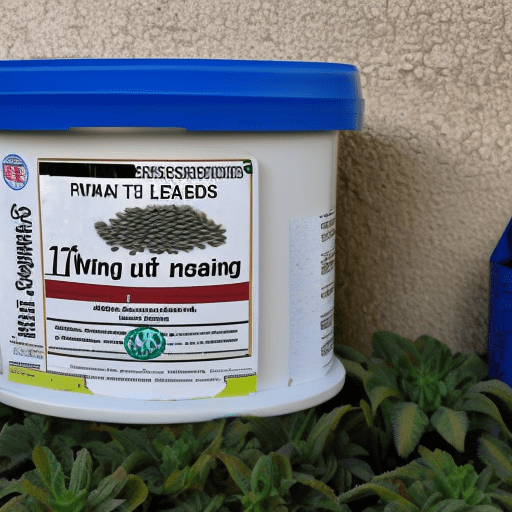
What is the best way to start vegetable seeds?
There are a few different ways to start seeds, including direct sow, stratistent, and sow indoors. Direct sow is when you plant the seeds directly in the soil, and stratistent is when you plant seeds out of the soil and into pots. You can sow seeds indoors by placing them in a pot and covering them with a clear plastic bag with a breathable hole punched in it. You can sow seeds indoors by placing them in a pot and covering them with a clear plastic bag with a breathable hole punched in it. This will help maintain humidity and prevent the seeds from drying out. You can also start seeds in pots, which are ideal if you’re planting a lot of seeds at once or if you have a greenhouse or other indoor space where you can keep the humidity high. The best time to sow seeds is in the early morning when the temperature is cool, and you can sow the seeds 1/4 inch deep.
Which soil is best for starting vegetable seeds?
There are many different kinds of soil for growing seeds, but you’ll want to consider a potting soil, like perlite, vermiculite or peat, or peat-lite. These are designed to promote healthy seedlings, and are usually free of weed seeds, pesticides and fungicides. Many people prefer to use peat-lite, which is high in water retention and light penetration while still being easy on the environment. You can also use potting soil, which many gardeners prefer because it has a higher pH value and is less prone to causing root damage. You can use any soil mix that is appropriate for your region and climate. You can also mix in a little sand to provide drainage, which is especially helpful in wet climates or if you have a heavy clay soil.

The difference between potting soil and garden soil
There are many soil mixes available in stores, but you’ll want to make sure you use the right kind for growing vegetables. Garden soil is usually a loam-based mix, meaning it’s made of about 60% clay, and can contain sand, silt, and compost. Potting soil is usually made of a higher proportion of artificial components, like peat, perlite, and vermiculite, and has a much higher proportion of product. You’ll want to use a potting soil mix with a high proportion of peat. Potting soil is usually lighter and easier to move around with a water hose, and it’s also cheaper than garden soil.
What accessories do you need for seed starting?
If you’re going to seed starting, you’ll also need seed starting pots, a soil mix, fertilizer, a thinning tool, a sharp scissors, and a book or journal to keep track of your growing progress. You can also use seed trays, which are helpful if you have a lot of seeds to plant at once or if you’re starting garden from seeds that have already been growing for a while. Seed trays help you control the environment for the seedlings and keep them away from light. They’re also useful for germinating large amounts of seeds at once, like when you’re starting a vegetable garden with a group. You can also use a propagator to help your seeds stay warm and get started faster. A propagator can be heated and cooled, or left at room temperature. Propagators are especially helpful if you’re starting seeds from seeds that have been previously grown.
Conclusion
Now that you know what it takes to get started with seed starting, it’s time to get planting. You can find a list of the best vegetable seeds for beginners and get started right away. Once you have a few seeds growing, you’ll be well on your way to a great vegetable garden. Make sure to follow these steps to get your seeds started with great results.
Whether you’re a first-timer or a seasoned gardener, there are several important things to keep in mind when it comes to vegetable gardening. First and foremost, you’ll want to make sure to buy seeds that are at least a few years old. Seeds that are more than two years old are likely to germinate at a higher rate and produce stronger plants. Next, you’ll want to make sure you have the perfect soil. A good soil mix will help to grow healthy vegetables, while bad soil can lead to nutrient deficiencies or even disease. Once you have your soil ready to go, you can make sure to get your seeds started as quickly as possible.
